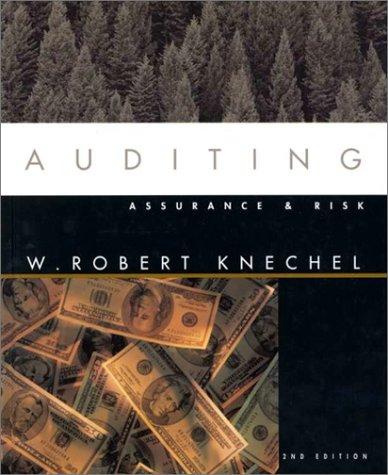ACTIVITY-BASED COSTING CASE STUDY David, Matt and Brian, are currenty roommates who evenly pay the following monthly expenses: Montly Costs Rent Utilities Cable TV/Internet Groceries $ 1,140 150 190 440 $ 1,920 As a result of their Managerial Accounting class and the discussion on Activity-Based Costing the three roommates decided to look at their living expenses based on activity instead of allocating it based solely on the number of roommates. They determined that there were four cost pools Meals, Entertainment consisting of Cable and Internet, Common Space and Bedrooms. With respect to meals, they decided to base the allocation on the number of meals they eat at the apartment and assume there are 3 meals per day, 30 days per month or a total of 90 possible meals per month for the three people. However, none of them eat all three meals at the apartment Each roommate eats breakfast at the apartment each day, while David never eats lunch and only eats dinner half the time. Matt eats 9 lunches and 20 dinners per month while Brian eats 15 lunches per month and dinner every night. In addition, since breakfasts and lunches are typically cheaper than dinners, they agreed to "discount" breakfasts at 50% of dinners and lunches at 75% of dinners. (Hint: Total number of meals on a weighted average basis is 128 meals (45B, 18L, 65D). The three agreed to allocate Entertainment based on how many hours each day they watch television or use the internet. They each estimated and agreed to the following David: 2 hours per day Matt Brian 3 hours per day 4 hours per day The apartment consist of 520 square feet+364/square feet of bedrooms and 156 square feet of common space. They agreed that the common space would be divided evenly between the three of them and the bedrooms based on size. David's bedroom was 10 by 10' or 100 sf, Matt's bedroom was 10' by 12' or 120 sf and Brian's bedroom was 12' by 12 or 144 sf. Utilities will be allocated evenly between total bedroom space (and then allocated based on size) and common space (and split evenly) Required: How much would each pay under the ABC model versus the traditional pro rata method? Use the provided worksheet as a guide








